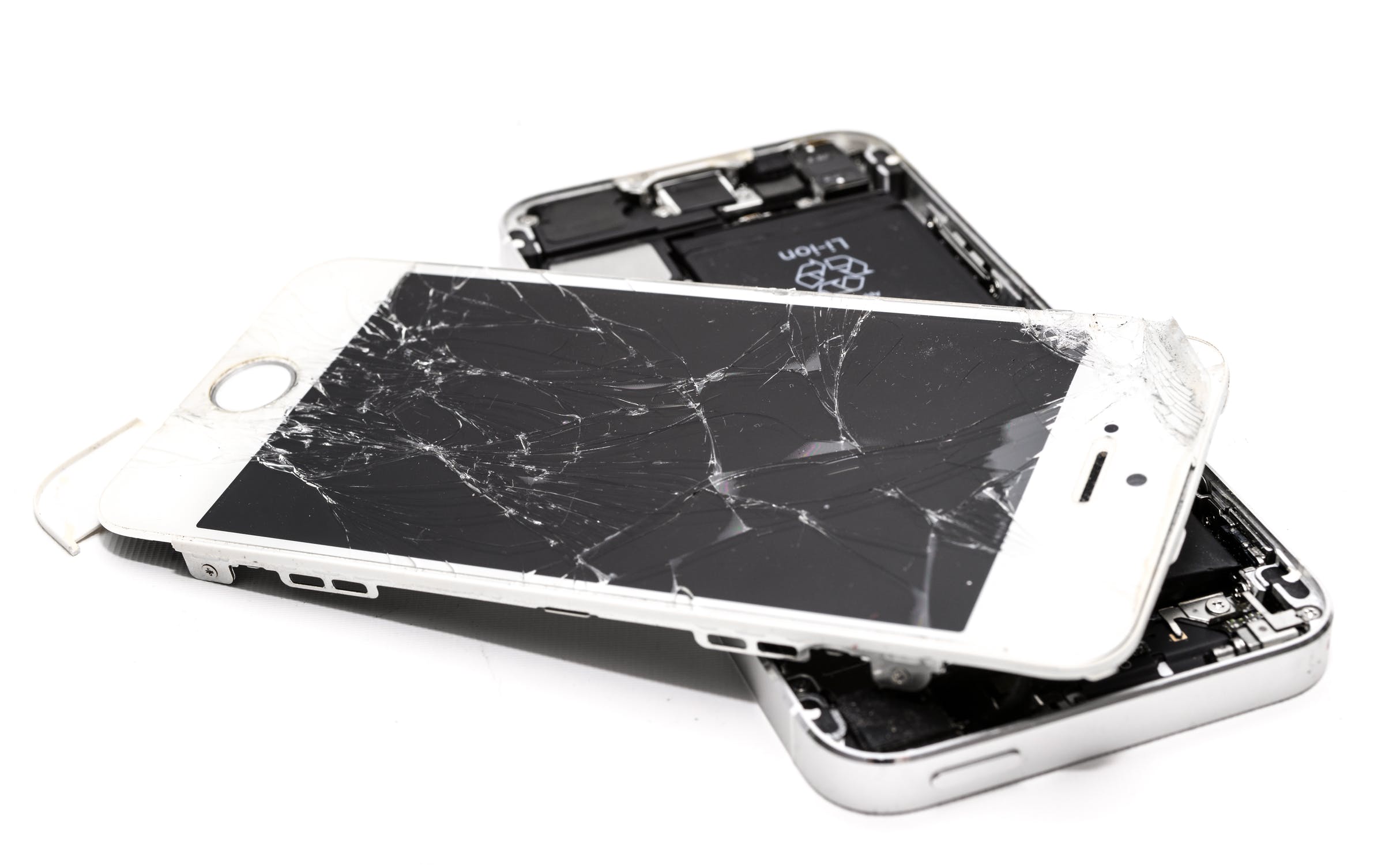Michael Hawkins
 When it comes to educating the public on legal matters, few people are as determined as Michael Hawkins. From discovering issues of interest that concern all of us to offering actionable articles and guides to those in need, Michael is relentless in his journey of helping people make sense of the legal system. With dozens of pieces published in magazines, news outlets, and online journals, Michael is here to translate legalese into plain English so you can understand your rights and make the system work in your benefit.
When it comes to educating the public on legal matters, few people are as determined as Michael Hawkins. From discovering issues of interest that concern all of us to offering actionable articles and guides to those in need, Michael is relentless in his journey of helping people make sense of the legal system. With dozens of pieces published in magazines, news outlets, and online journals, Michael is here to translate legalese into plain English so you can understand your rights and make the system work in your benefit.
How to Initiate a Defective Product Claim or Lawsuit

You invested in a product, thinking it will help you with a task or satisfy a need. But you didn’t get what you wanted. What could be the reason? You probably bought a defective product.
If this is the case, you could recover your losses if you act quickly enough by initiating a Defective Product Claim. Also, it would be best to seek legal counsel from defective product lawyers who know what they’re doing, especially if the store or manufacturer does not want to replace or repair your broken item.
Suppose you’ve suffered injuries from a defective product, and the injury costs you medical treatments, lost wages, pain, suffering, etc. In that case, you can bring a defective product claim against the company that manufactured or sold it. But, first, let’s see how to initiate such a claim.
Product Defects That Create Liability
When a product is defective, it can cause severe injury and even death. If you are injured or your loved one dies due to a defective product, you might be able to recover damages by filing a personal injury lawsuit. Different types of defects create liability.
Design Defects
Design defects include things that go wrong during the design process – a company is designing a product and fails to consider what people need or expect. For example, a chair that breaks when you sit in could be a design defect. Design defects come up earlier in the product’s lifecycle than manufacturing defects because they’re found before any products are produced.
Manufacturing Defects
Manufacturing defects occur in a product because of some process or procedure used to make that particular item. These defects can be either material or design defects. Like other product liability claims, most manufacturing defects are unintended and multifactorial. Manufacturers are commonly sued because they fail to inspect their products before shipping them out to consumers. If you have heard of automotive manufacturers recalling some cars because of defective airbags, tires, or steering components, you know this. People who got into accidents and were injured because of defective car parts can sue the manufacturers.
Defects in Marketing
Defects in marketing that create liability are typically in the presentation of products like statements or images in product promotions, including online advertisements and auctions.
These defects may include:
- Express claims of promise or performance.
- Failure to disclose material facts or risks associated with the product compared to other products (some pharmaceutical companies don’t warn doctors or users about certain side effects).
- Wrong pricing or advertising schemes that violate consumer protection laws or regulations.
- Failure to supply adequate warnings or instructions for use (essential with dangerous products).
- Failure to report unsubstantiated claims made by sellers, distributors, and manufacturers’ false statements regarding competitors’ products (also known as comparative advertising).
How to Initiate a Defective Product Claim or Lawsuit
When a consumer experiences an injury or illness caused by a product, it’s natural to want justice. While you may want to start a lawsuit on your own, it’s essential to know your rights and the limitations of suing for defective products.
Make Sure You Keep the Product
It’s important to keep the defective product. This can be difficult if it’s been damaged or used, but you need to keep it safe and secure while working on your claim or lawsuit. You can store it in a box with other similar products and take pictures of it or keep it in a bag or container. You may also want to take notes about when and where you bought the product, who was with you when you took ownership of the product, and how much money you spent on it (if applicable).
Understand Different Types of Product Defects
Before starting a claim, make sure you have grounds for a defective product lawsuit. Many products might be defective, but that doesn’t mean everyone who owned the product has a claim. Given the circumstances and details, if you have suffered from an injury because of a dangerous or faulty product, that should be enough to prove that it was defective.
Document Everything
Document everything when you file a defective product claim or lawsuit. Take pictures of the items that caused your injuries, and write down the names of everyone you can recall who was involved in the incident when it occurred. When possible, try to ask them for their contact information so that you can verify their statements later. This documentation will help provide evidence to support your case if it goes to court.
Understand the Statute of Limitations in Your State
When filing a defective product claim or lawsuit, you need to be aware of the statute of limitations in your state: how much time you have from when the injury occurred until you can no longer file a claim. It’s important to check this because you may lose your ability to file for damages if the statute expires before you know about it.
The statute of limitations varies across states, depending on the nature of your claim and where you live. Therefore, it is best to contact a lawyer to walk you through the process and explain your legal rights and options.
Hire an Attorney
According to the lawyers at https://yoshalawfirm.com/, litigation is one of the most effective methods for getting compensated in the case of defective products. To begin, you must hire an attorney to represent you. After hiring a lawyer, they will send a demand letter to the manufacturer and include instructions on how to resolve your claim. They can also handle all communication with the manufacturer and keep you informed throughout the process if necessary.
Most defective product cases find their solution outside the court through settlements. However, when things go out of hand, injured consumers gather in class-action lawsuits to sue the manufacturer together for significant awards.
Filing the Claim
The first step to filing your defective product claim or a lawsuit is to contact the item’s manufacturer. They will likely provide you with instructions for returning it for inspection. If a defect is found, most companies will repair or replace your defective product at no cost to you. These options may be limited by statute or contract. Contacting a lawyer before pursuing these options can ensure that you have the proper evidence and knowledge to protect your rights under any applicable laws and regulations. Suppose you suffer severe injuries or the manufacturer ignores you. In that case, a lawyer can immediately step in and seek all the possible compensation venues to help you regain your health and move on with your life.
Get Help With a Product Liability Claim
Initiating a defective product claim or lawsuit can be long and frustrating, but it’s often necessary if you want the compensation you deserve. Hopefully, this guide has provided you with enough information to begin either a claim or a lawsuit correctly. However, if you’re still needing help, contact a local personal injury attorney versed in product liability law. They’ve likely handled defective product claims before and may be able to ensure that your best interests are protected throughout the process.

You must be logged in to post a comment Login